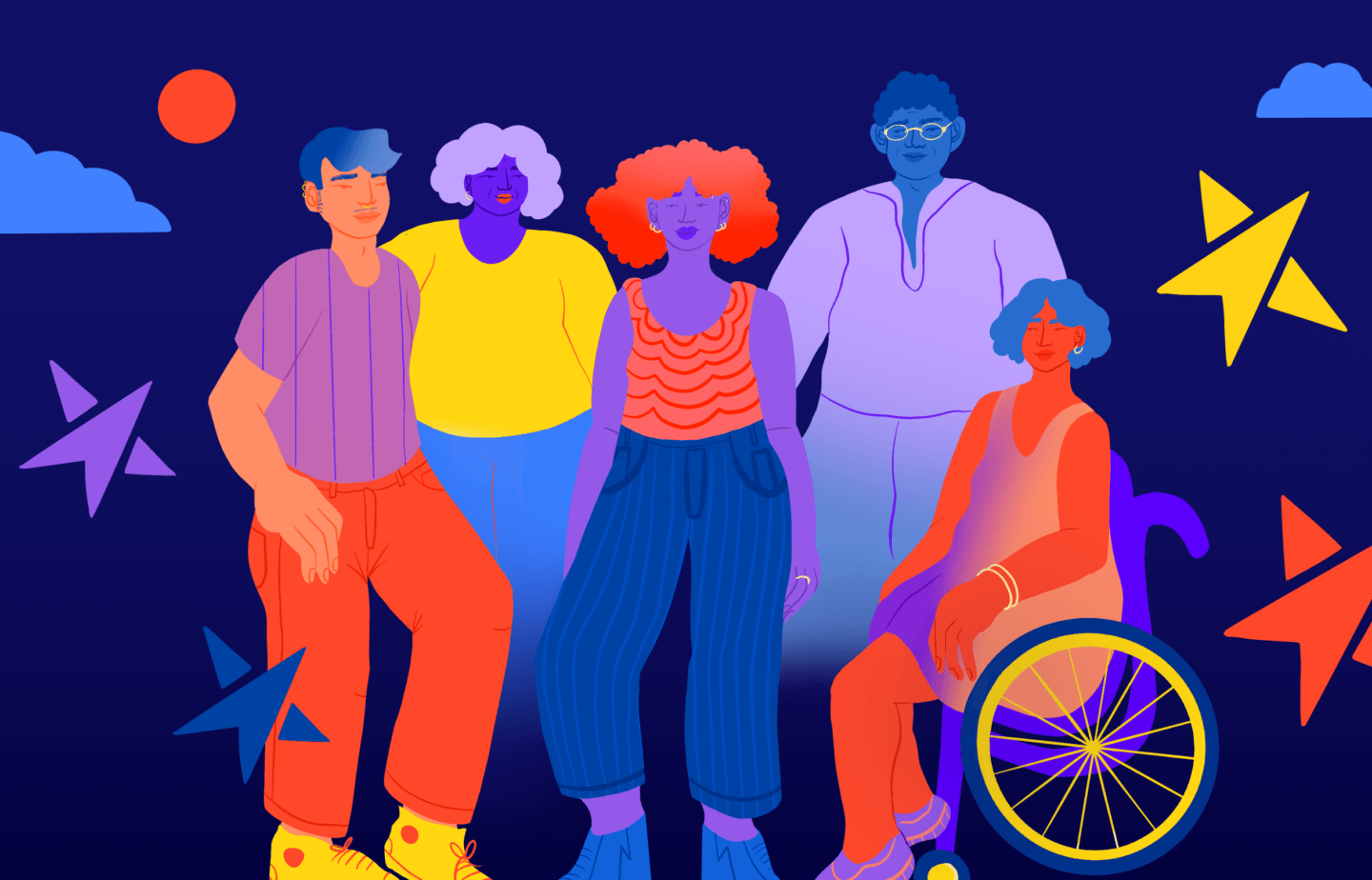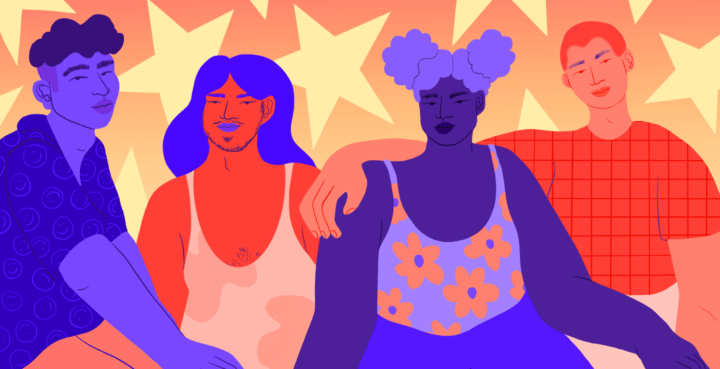Welcome!
Disabled people are part of the LGBTQ community. Because of the intersections of their identities, LGBTQ young people with disabilities have distinct lived experiences. However, there is very little information available about how to support LGBTQ young people with disabilities.
This guide will help inform you on how to best support the LGBTQ young people in your life with disabilities and better understand the things that impact them.
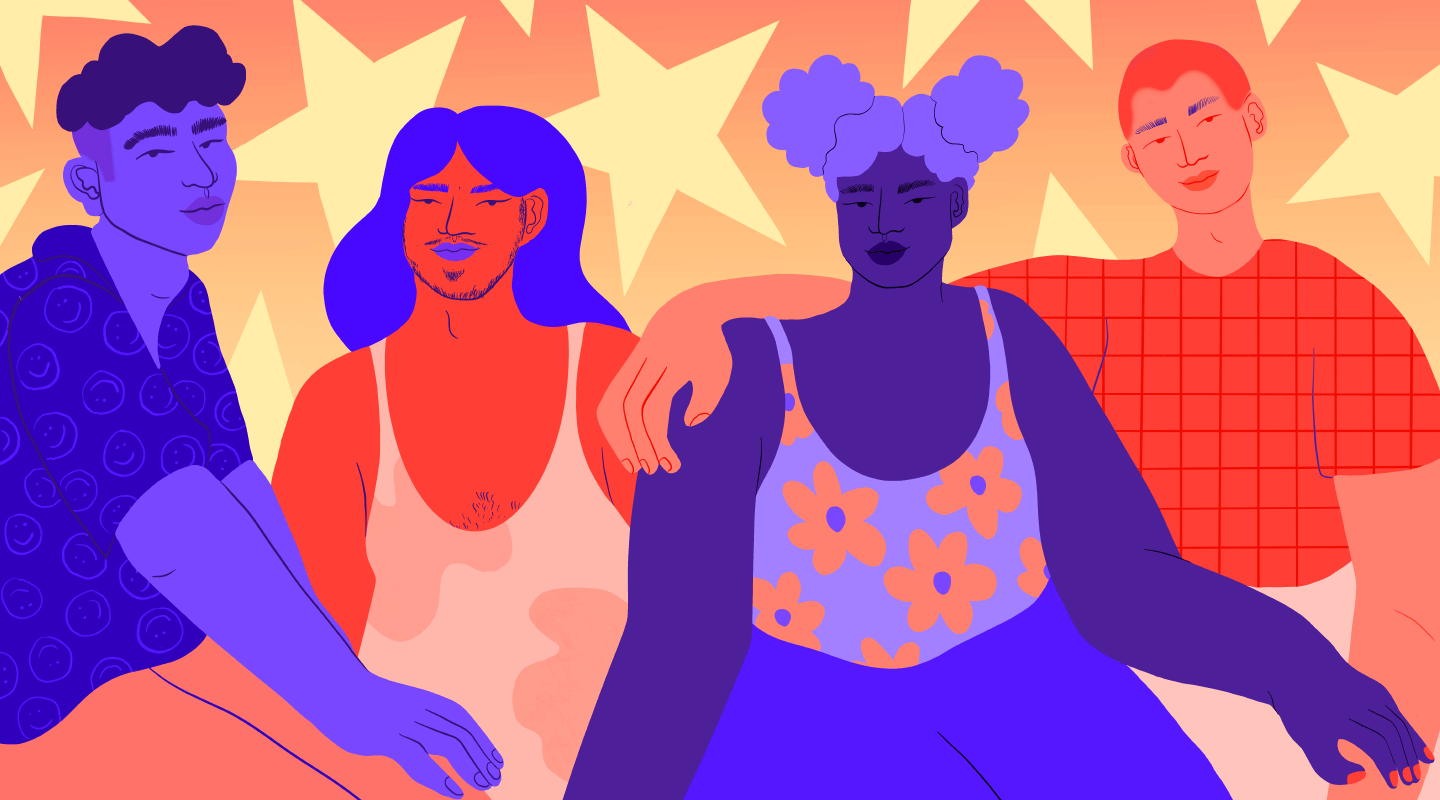
The guide includes:
- Some of the various identities within the disability community
- Recognizing the intersectional identity of being LGBTQ and disabled
- The significance of person-first and identity-first language
- Ableism and internalized-ableism
- How to be an ally to LGBTQ young people with disabilities
Learning is an ongoing experience, so it’s okay to acknowledge that you might not know some things, even after reading this guide. Part of being a good ally is continuing your education, and we’re happy to be part of that journey with you.
Discussing Disabilities
First, let’s talk about what a disability is. A disability can be defined as a physical, mental, cognitive, or developmental condition that impairs, interferes with, or limits a person’s ability to engage in certain tasks or actions or participate in typical daily activities and interactions. But even this definition is limited. People can have physical, intellectual, sensory, mental health related, or other non-visible disabilities. People can have any number of combinations of these types of disabilities. People can be born with a disability or become disabled at any point in their lives. People can be diagnosed with a disability at birth, later in life, or self-diagnosed, and all are valid!
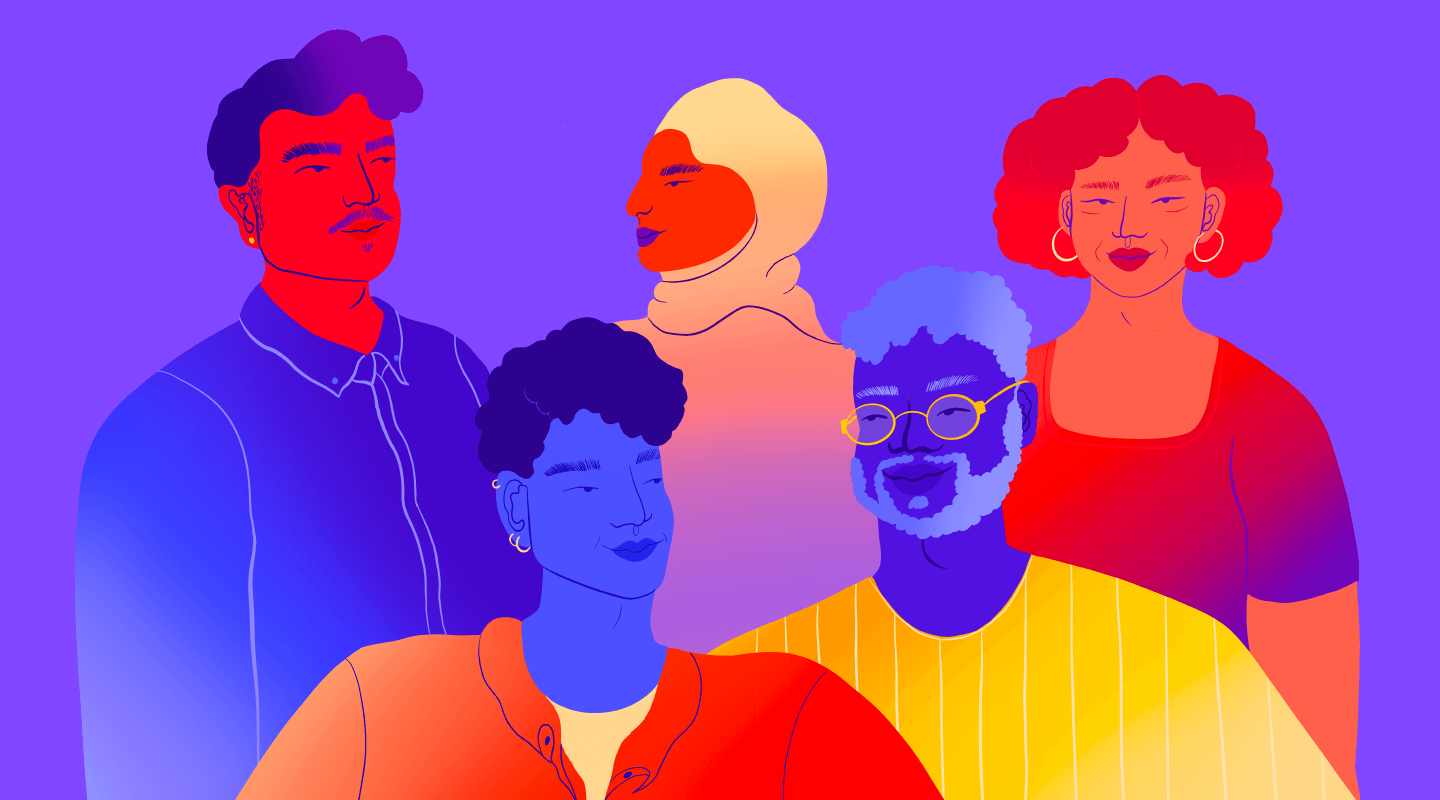
Spectrum of Disability Identities
Physical Disabilities
Physical disabilities affect the body. Spina bifida, muscular dystrophy, cerebral palsy, and spinal cord injuries are all examples of physical disabilities. These disabilities impact activities of daily life like eating, getting dressed, going to the bathroom, and more. People with physical disabilities sometimes use mobility aids like wheelchairs, canes, and crutches. Physical disabilities can be progressive (symptoms become more severe over time) or static (they stay the same over time).
Intellectual Disabilities
Intellectual disabilities affect a person’s thinking. Some people call this kind of thinking neurodivergent (processing, thinking, or behaving differently than what is considered typical). Down syndrome, dyslexia/dyscalculia, ADHD, and fetal alcohol spectrum disorder are all examples of intellectual disabilities. Like all people with disabilities, with the right support, people with intellectual disabilities can lead full and independent lives.
Sensory Disabilities
Sensory disabilities can impact how a person perceives things. Autism, blindness, deafness, and sensory processing disorder are all examples of sensory disabilities. A person with a sensory disability can be extra sensitive to sensory input or need to seek extra sensory input. People with sensory disabilities might need breaks to regulate themselves.
Mental Health Disabilities
Mental health disabilities are conditions that affect a person’s mental health and emotions. Anxiety, depression, bipolar disorder, and PTSD are all examples of mental health disabilities. Due to the stigma surrounding mental health, people often find it hard to be taken seriously about their disability.
Non-Visible Disabilities
Non-visible disabilities is a catch-all phrase for disabilities that are not always able to be perceived just by looking at someone. Chronic pain, vision impairment, and learning disabilities are examples of disabilities that may be non-visible. It can be extremely difficult for people with these disabilities to have other people believe them. Also, getting diagnosed with a non-visible disability is often a challenge; many people have to resort to self-diagnosis.
Self-Diagnosis
Self-diagnosis can be an important part of affirming your experience and finding care, and it can be especially helpful when access to medical care is limited. Still, it is important to take caution on the internet and do as much research as possible, and remember that labels don’t always describe people’s lived experiences.
Best Practices
Recognizing Intersectional Identities
Can disabled people be LGBTQ? Yes! An estimated 3 to 5 million LGBTQ+ people in the United States have disabilities!1 Disability does not dictate gender identity or sexual orientation, so disabled people have the same range of genders and sexualities as non-disabled people do. However, many disabled people are treated like children. Even when they are adults, their sexuality and gender are often not acknowledged or believed. Parents and caregivers may even ignore a person’s gender and sexuality.
The Trevor Project publishes research on the mental health of LGBTQ young people across a variety of experiences, including the mental health of deaf* LGBTQ youth, mental health among autistic LGBTQ youth, and more.2 3 4 We are committed to providing more resources and support for the LGBTQ disabled community and their allies.
1. The Movement Advancement Project: LGBTQ People With Disabilities
2. The Trevor Project Research Briefs
3. The Trevor Project Research Brief: Mental Health of Deaf* LGBTQ Youth
4. The Trevor Project Research Brief: Mental Health Among Autistic LGBTQ Youth
Person-First and Identity-First Language
Language is important to any community. In the disabled community, there are two different ways you can identify people with disabilities: person-first or identity-first. An example of a person-first identity in a sentence would be “a person with a disability.” Putting the person first and then their disability emphasizes the person before their disability.
Identity-first language says that having a disability is a part of who you are and should be treated as such. Just as we don’t say “a person with tallness,” people who use identity-first language believe we shouldn’t use the phrase “person with a disability” but instead “a disabled person.” You should always respect how people want to identify in terms of their disability. If you don’t know, defaulting to person-first language is a good idea.
Just like in the LGBTQ community, the disabled community has reclaimed slurs like “cripple” and “spaz.” Reclaiming them gives power back to the disabled community. People who do not have disabilities should not use these terms. If you hear a disabled person refer to themselves as a cripple, spaz, or other slur, you should not correct them or say it is harmful to use those words.
Ableism
Ableism is defined as discrimination or prejudice against individuals with disabilities. Like all forms of discrimination, there are covert and obvious types of ableism that disabled people have to deal with on a daily basis. A business that doesn’t have a ramp to get into their building is an obvious example of ableism. Other forms of ableism include bullying, physical harm, lack of compliance with disability laws like the Americans With Disabilities Act, and ableist microaggressions.
Internalized-Ableism
There is another kind of ableism: internalized ableism. This occurs when a disabled person accepts society’s negative attitudes toward disability. Internalized ableism can manifest as depression, self-hatred, and low self-esteem. Because of how our society thinks about people with disabilities, ableism has been internalized by a lot of people.
Being an Ally
The Necessity of Inclusivity
It is very important to support and give resources to LGBTQ young people with disabilities because there is not a lot of information for them, leaving them feeling very alone. LGBTQ young people with disabilities face double discrimination because of the intersection of their identities1, which can be exacerbated if they also hold other marginalized identities. It can be even harder to find affirmation from their parents and caregivers, which can leave them feeling very alone.
Schools might not be the most affirming place for disabled LGBTQ young people. Many disabled students attend special education programs where resources about sexuality are lacking. Even when students attend mainstream schools, there is still little information available to them about disabilities and sexuality. Information about queer sexualities and disabilities is even more rare to find.
On top of a lack of information, non-disabled peers often lack experience interacting with disabled people. Sadly, this can make disabled young people feel even more isolated.
1. The Trevor Project: “What Is Intersectionality, Really?”
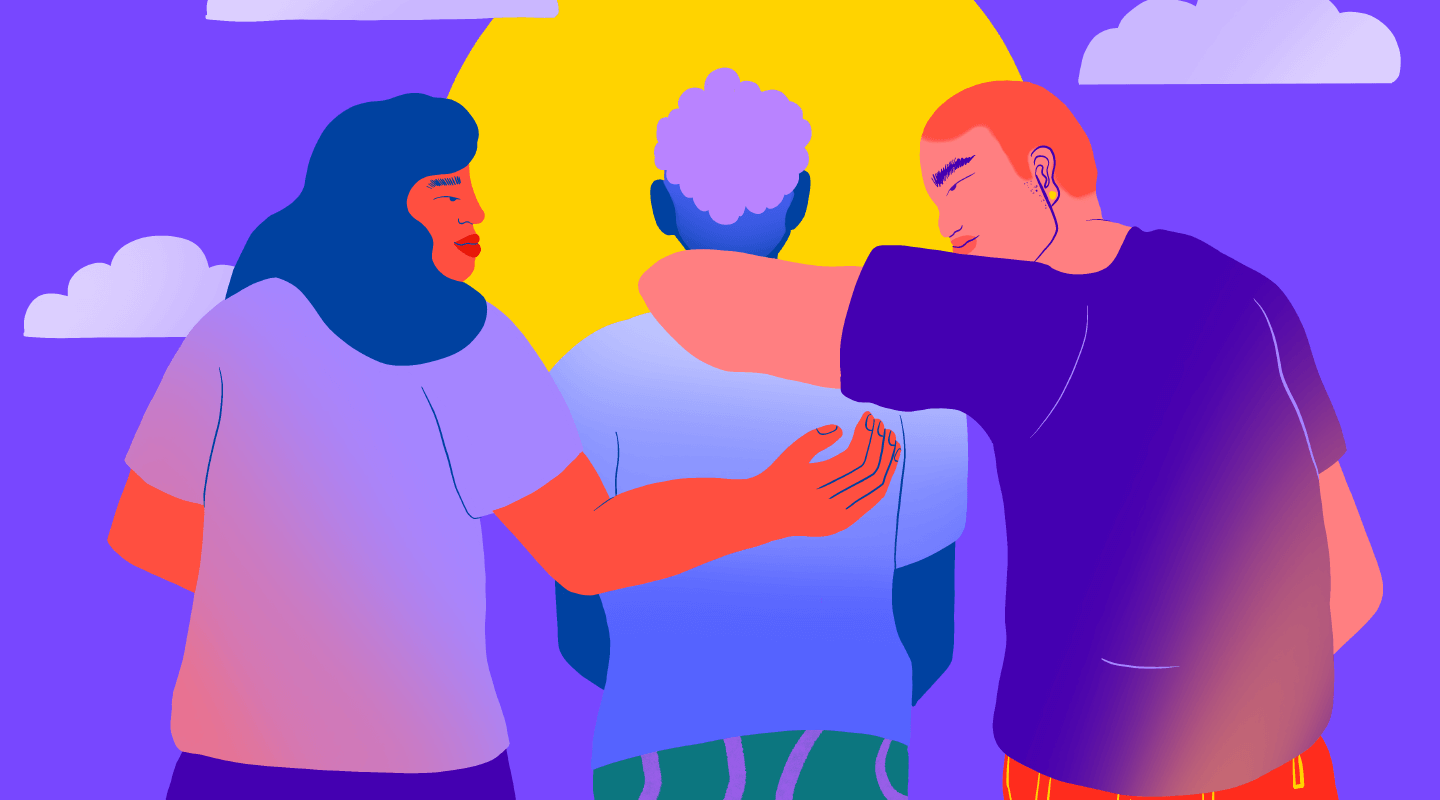
Starting a Dialogue
So how do you act as a good ally to disabled LGBTQ young people? For starters, just talk to them. Just going up to a disabled person and talking with them can really break the ice. You might learn that you have a lot in common with each other. If you have an LGBTQ affirming club at your school but meetings are being held in a non-accessible room, advocate to have that changed to meet in an accessible room. Also, if this club does activities outside of school, you can advocate to make sure those are all accessible as well. You don’t have to immediately know what your peers’ accessibility needs are; you can just ask them!
Disabled LGBTQ young people are just like you! If you take the time to get to know them, you will see how much you have in common with them.
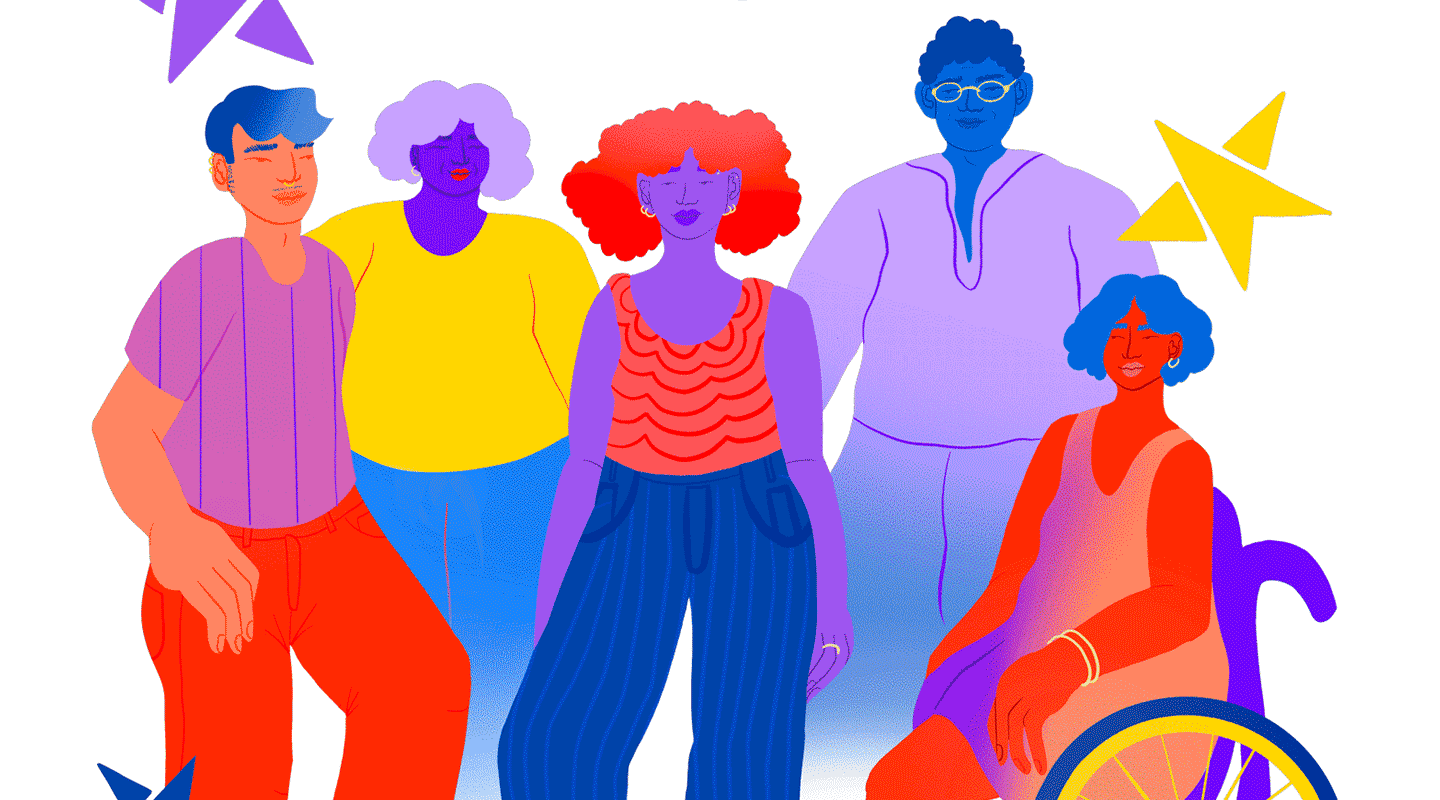
Resources for Disabled LGBTQ Young People and Allies
- Andrew Gurza
- BlindLGBTPrideInternational
- LGBTQ+ People with Disabilities – Respect Ability
- Deaf Queer Resource Center | San Francisco CA
- 8 Ways To Be An Ally To The Disability Community
- 10 influential disabled LGBTQ+ activists to follow this Pride Month
- 12 Disabled LGBTQIA+ Activists & Advocates Who You Need to Know
- Why Sex Education for Disabled People Is So Important | Teen Vogue
- Etiquette: Interacting with People with Disabilities – Respect Ability
- 7 ways to be more inclusive of people with invisible disabilities – Hive Learning
- 10 Ways To Be A Good Ally To Disabled People – She Might Be
- How to be an ally for disabled friends – Perkins School for the Blind
- I Have Nonverbal Autism. Here’s What I Want You to Know | OAR
- How to be a respectful communication partner – AssistiveWare
- Etiquette for Communicating with a Person who uses AAC
- How to Manage Sensory Overload in Adults
- What Meltdowns Feel Like as an Adult on the Autism Spectrum
- LGBTQ+ and People with Disabilities: “We’re out there. We exist.” Self-Determination | WBPDD
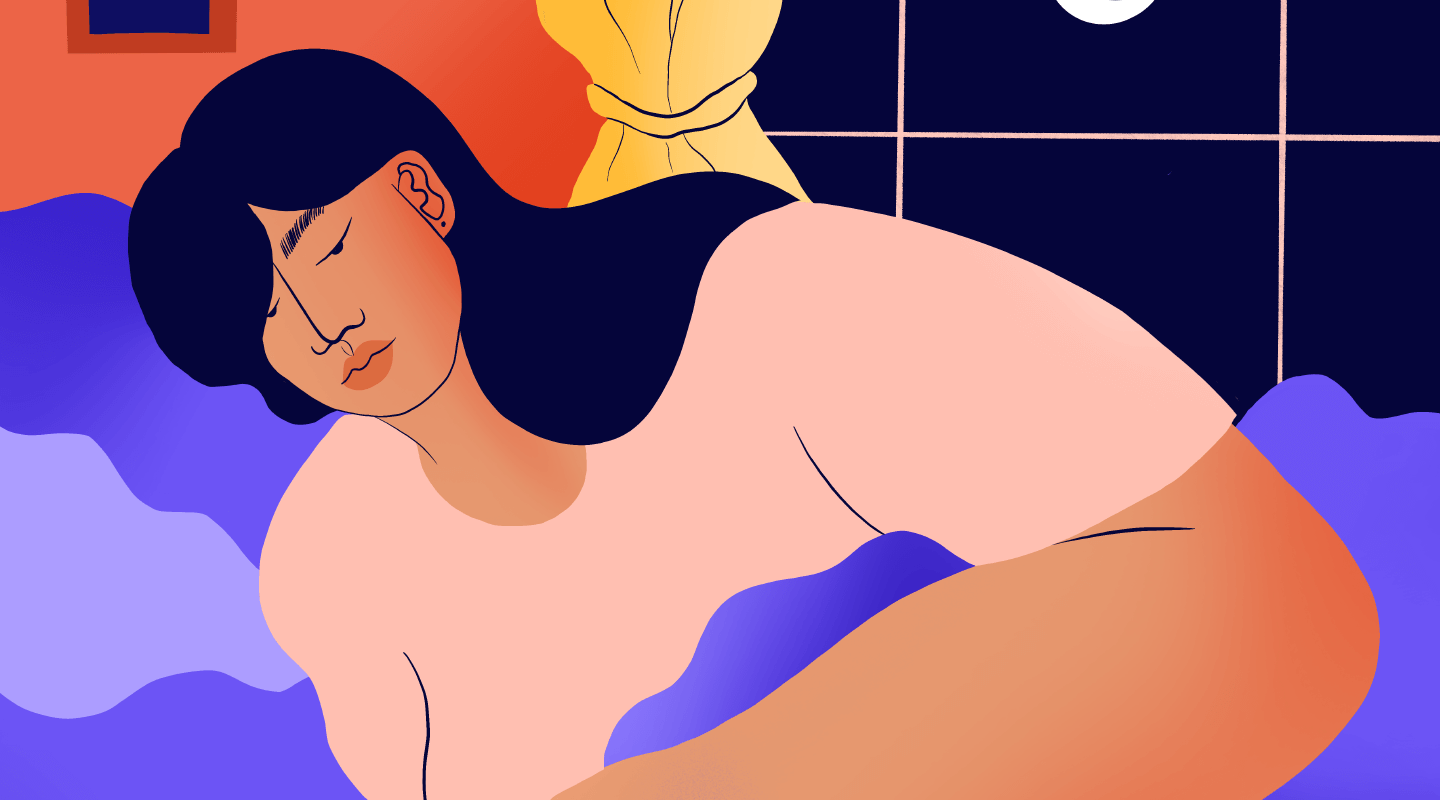
We’re here for you, day or night.
LGBTQ young people in search of support can contact The Trevor Project 24/7 through our TrevorLifeline at 1-866-488-7386, via chat at TheTrevorProject.org/Get-Help, or by texting START to 678-678.
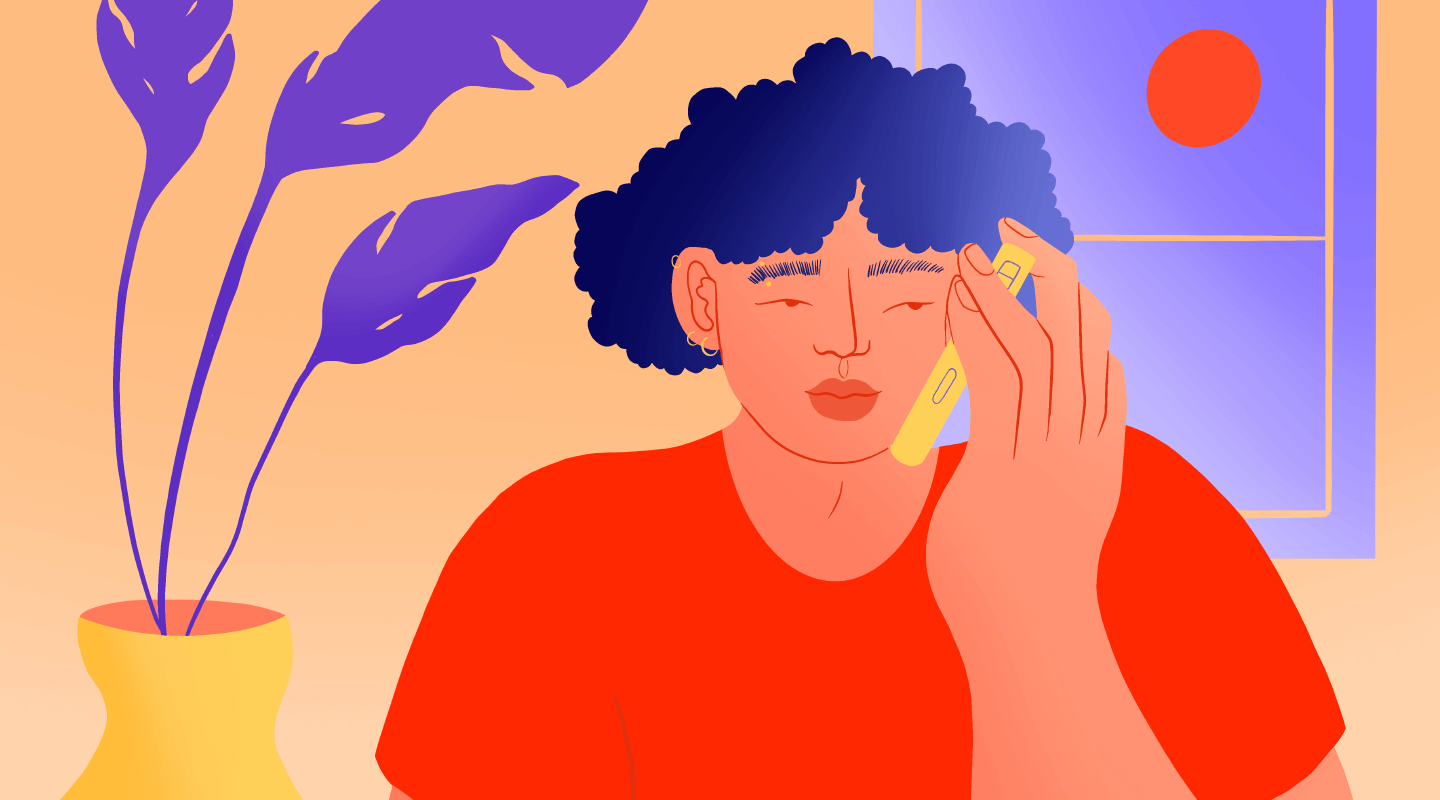
Help us continue to provide 24/7 support to LGBTQ+ young people and empower allies to deepen their commitment through advocacy, education, and affirming content.
